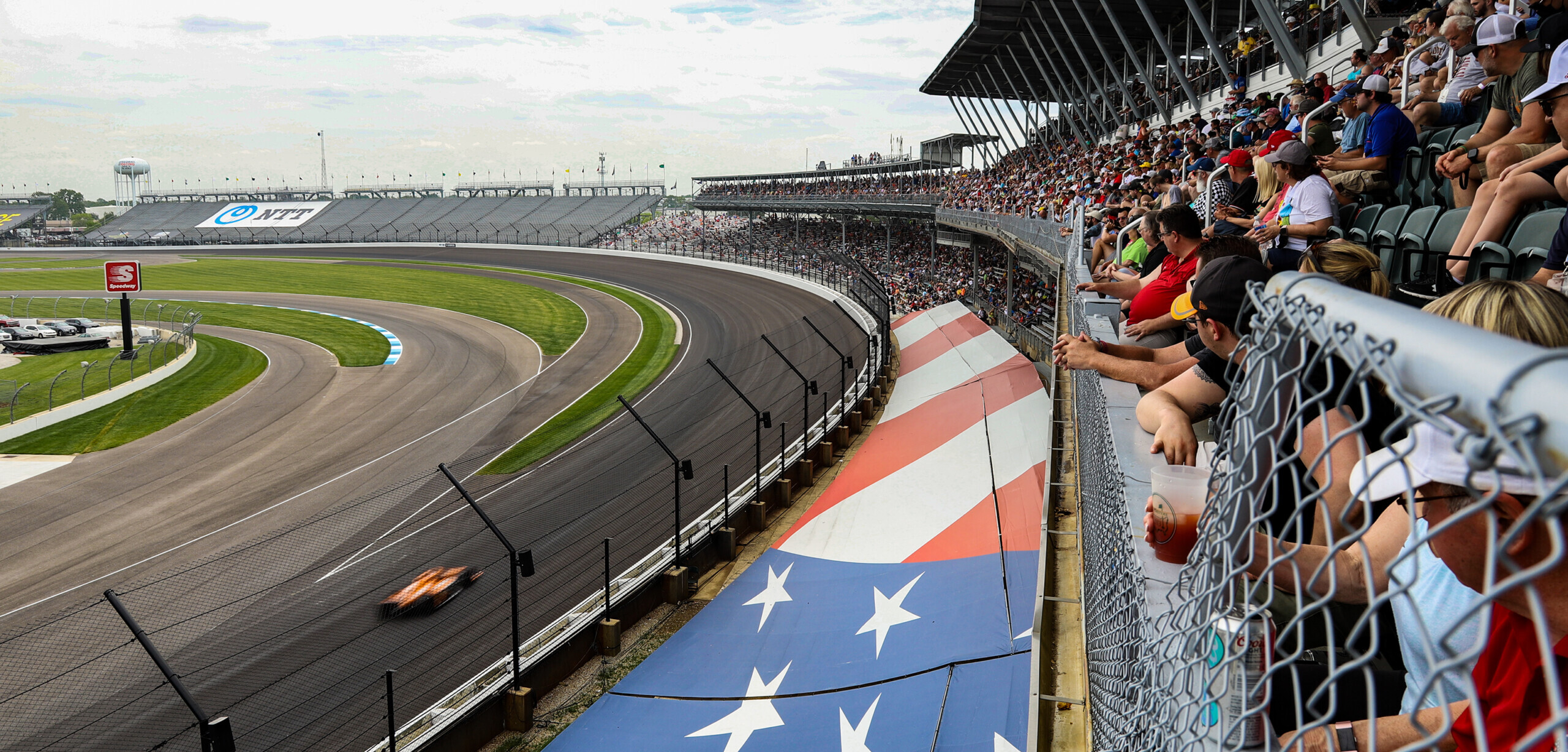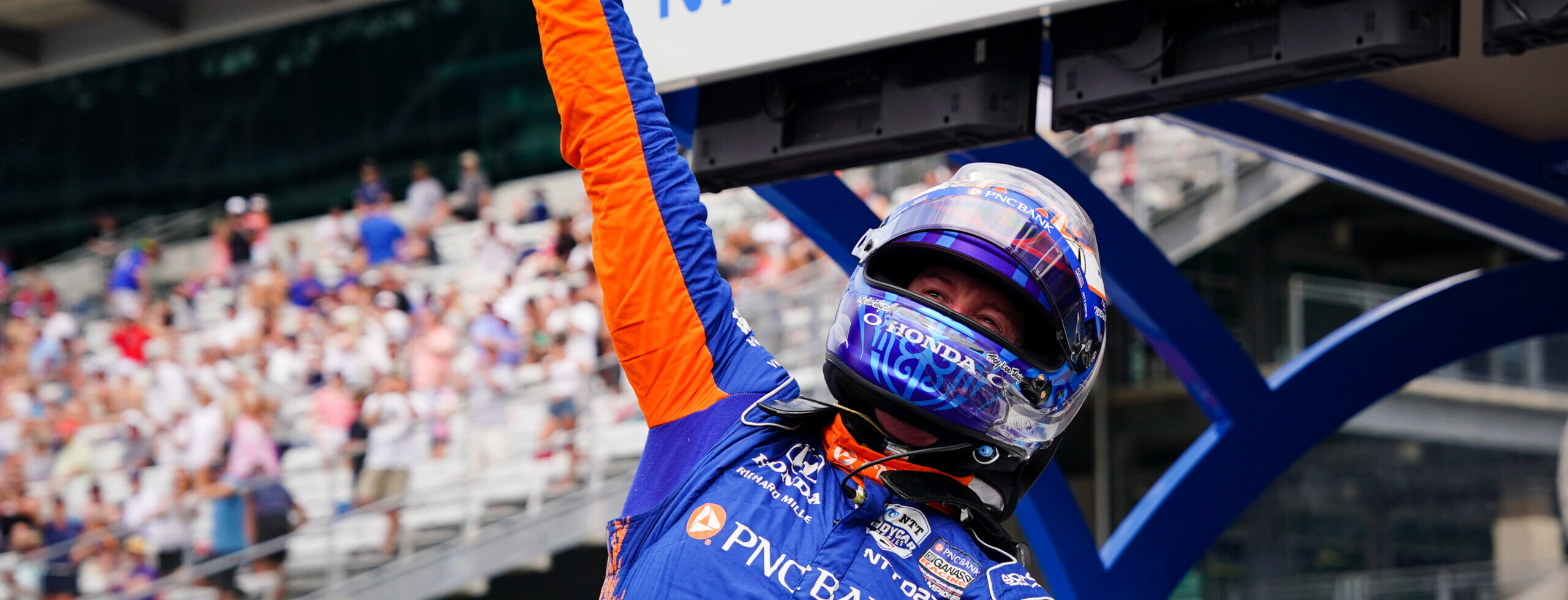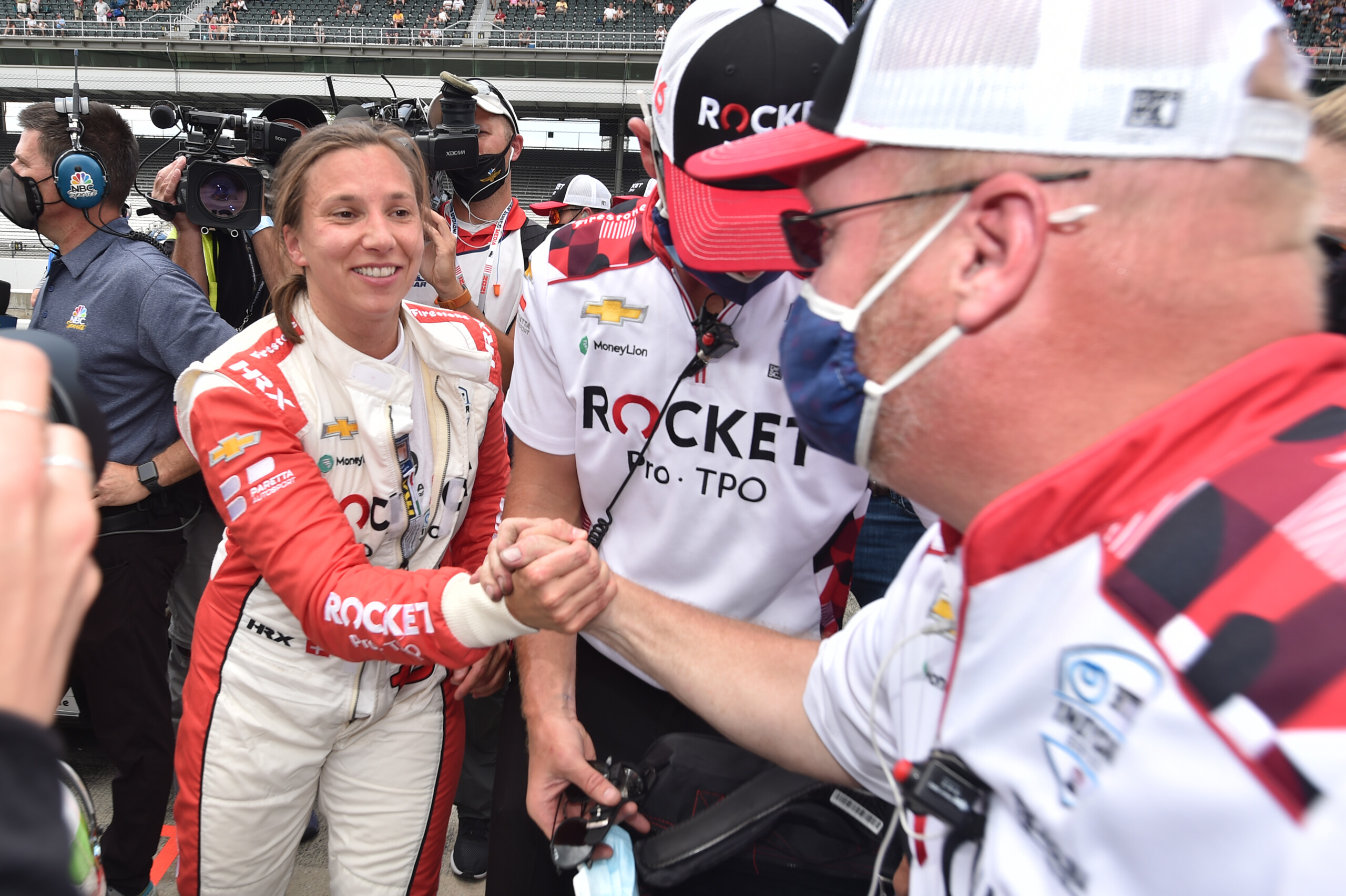The Indianapolis 500 has become one of the most famous racing events over the past century, combining scintillating speed and unmitigated bravery that is quite unparalleled in motorsport.
With speeds topping over 220mph, drivers are at full throttle for approximately 3 hours, experiencing forces of (4G) across an incredible 200-lap distance.
But with speed comes danger, and hero can turn to zero in a heartbeat. The sport is recognised as one of the most dangerous with over 40 deaths occurring at The Brickyard.
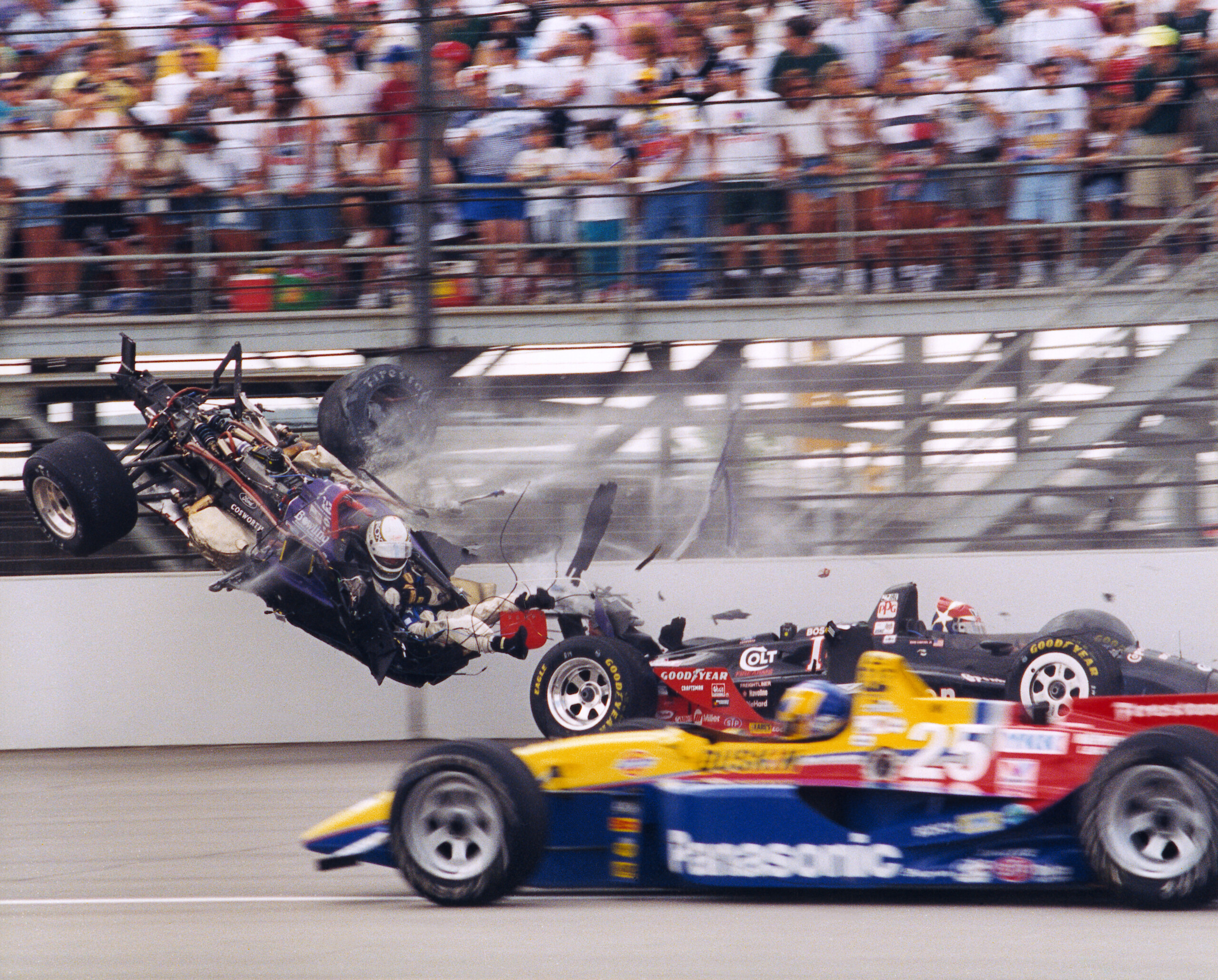
While there has not been a death at the Indy 500 in almost a decade, serious injuries are still a reality for many. During practice for the Indy 500 in 2015, James Hinchcliffe famously flipped his No.5 Honda after touching the barriers, resulting in a burning inferno and a piece of the car’s suspension piercing his left thigh as he hit the wall. The Canadian driver would survive this incident but missed the rest of the IndyCar season as a result.
The Indianapolis 500 is a race like no other, with incredible technology and deep traditions which make it an event like no other.
But is it *REALLY* the ‘Greatest Spectacle in Racing’?
WHAT IS THE COMPETITION?
The Monaco F1 Grand Prix and the Le Mans 24 Hours can be considered its closest competitors. To win all three is what is known as the ‘Triple Crown’ – suggesting they all share qualities as the toughest races in the world. All of these races present unique challenges, and with that, different audiences.
Monaco is widely seen as the jewel in the crown of motorsport. Since its inception in 1929, the most richest and famous grace the presence of ‘The Principality’ for a week of festivities, boat parties, and galas. If there’s anything that epitomises the socioeconomic legacy of Formula 1 – its Monaco.
No other race can compare to Monaco in terms of the beauty of its surroundings. Wedged between the natural beauty of the Mediterranean Sea and the Maritime Alps, the Circuit de Monaco winds through the tight streets of the principality.
The race presents its own challenges. Like the Indy 500, one mistake can mean the end of your race. The tight, windy streets produce one of the most exciting qualifying sessions in motorsport. It tests every inch of a driver’s concentration and skill to perfect, which is why only the very best see repeated success.
However, they also make it very difficult to overtake which detracts from the overall entertainment of the event. Many people comment on the “dullness” of Monaco and the lack of racing that occurs.
Likewise, you could make a case for the Le Mans 24 Hours, staged at the semi-permanent race course: The Circuit de la Sarthe since the very first race in 1923.
The 38-turn, 8.5-mile track takes around 3min 25sec to complete for LMP1 cars. It’s unbelievably quick and challenging, with tricky corners like the Porsche Curves and plenty of long straights.
Each team is pushed to its technological and physical limits to race through the day and into the night. Machine and humans alike withstand incredible attrition and exhaustion if they want to win this star-studded race.
Moreover, the vast number of cars on track make it an incredible spectacle to watch with: Hypercars, LMP2 Prototypes, and GT cars racing side by side. The sheer variety of teams, drivers, nationalities, and races on show is unmatched.
Now, throw in the likes of the Isle of Man TT and The Dakar Rally – Indy has some stiff competition.
COMPETITIVENESS
While it is a misnomer that IndyCar is a ‘spec-series’, it certainly would fool you to think it was.
It is common for drivers to fight through the field from lowly positions, sometimes even fighting for the win.
Not only did Louis Meyer charge through the pack in the 1936 Indy 500, moving from a starting position of 28th to a final position of first, but he also led 96 laps while capturing his third Indy 500 win.
Moreover, three out of the last six races have seen some of the closest finishes in racing, 15′, 17′, and 19′ all with winning margins of less than 0.25s.
Anything can happen at the 500′ as can be seen this year with Penske’s Will Power nearly failing to qualify, a fate that was all-too-real for two-time Formula 1 Champion Fernando Alonso in 2019.
This unpredictability adds to the entertainment of the event and speaks volumes of the challenges facing teams who are all competing at a very similar level.
TRADITIONS
The first Indianapolis 500 race took place in 1911 (Older than *both* the Monaco GP and 24 Hours Le Mans). Since then, numerous traditions have been created. For many fans, these traditions are an important part of the race experience that they look forward to every year.
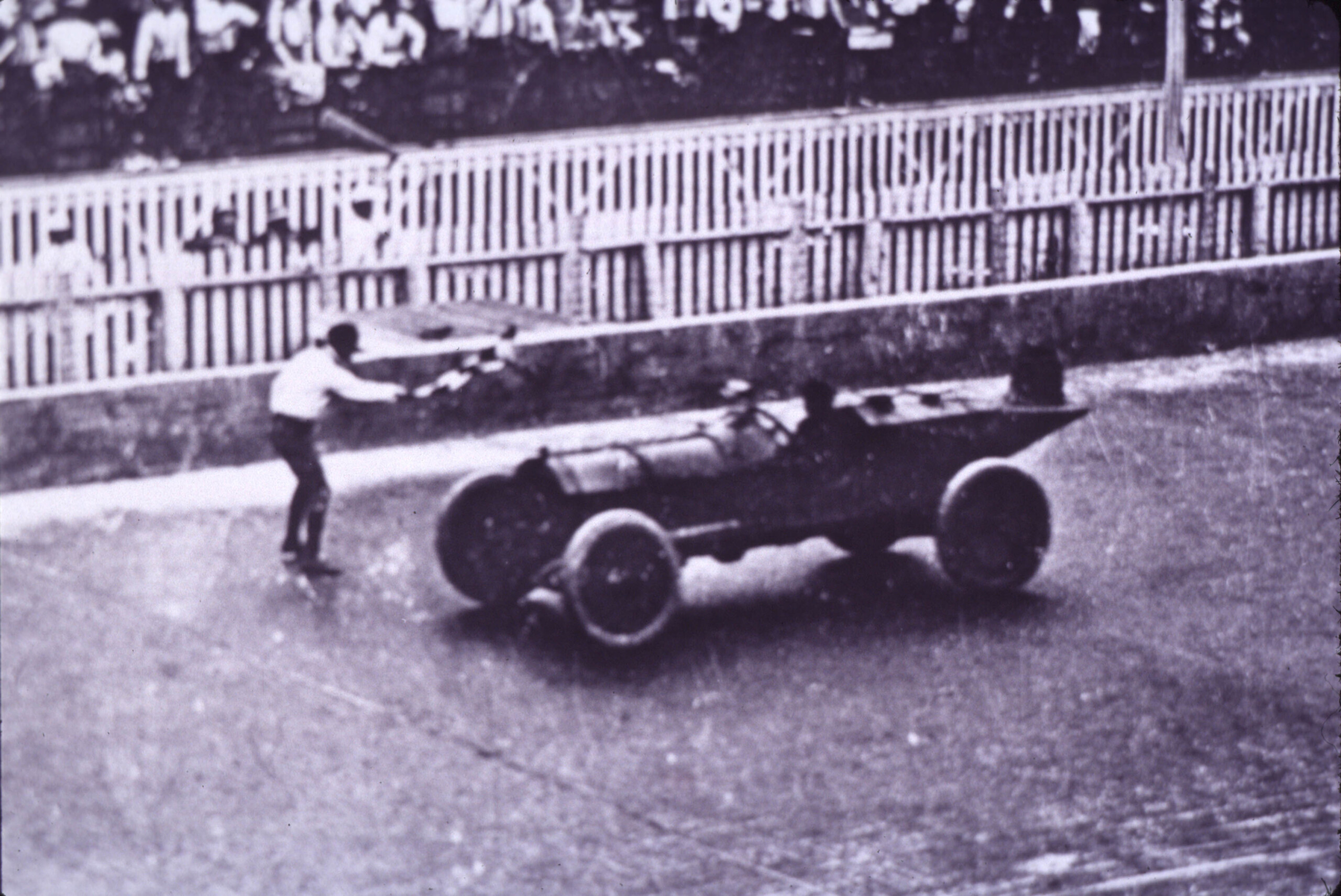
But perhaps one of the strangest traditions of the race is the winner chugging a bottle of chilled milk in victory lane.
It’s a unique tradition that has appeared in every race since 1956 and has become a snapshot moment defining the elation of victory after winning one of the world’s most iconic races.
Likewise, the presenting of the Indy 500 rings is a special moment for all drivers who compete, a momento that only a few can say they have received
There are many traditions that may seem odd to those unfamiliar with the event, but they only add an endearing quality to it. You can tell how much this race means to drivers, teams, and fans alike by the way they celebrate and look forward to these moments. It adds richness, built upon years of hard work, achievement, failure, and redemption. This history is personified in these moments which make it hard to resist.
VIEWERSHIP/MARKETS/TV
While comparisons are difficult to make, there is certainly a gulf in global viewership between its nearest competitors.
While a 2018 report by NBC shows figures of around 5 to 6 million average viewers for its domestic audience, this puts it well short of other US events such as the Super Bowl. In other words, that is around 1.6% – 1.8% of the US population.
How does that stack up against other domestic sports events? Well, if you compare this to 3.5 million UK viewers who tuned in for the British Grand Prix – that is approximately 5% of the UK population!
Moreover, according to a report by Nielson Sports in 2017, the Monaco Grand Prix reported saw a 10% rise to 110 million viewers.
While they are no solid sources estimating the worldwide ratings for the Indianapolis 500, they all fall short of the Monaco Grand Prix’s global reach.
It is without question that the reach of ‘The Greatest Spectacle in Racing’ dwarfs that of Formula 1. There really is no competition.
GET INVOLVED
But what do *YOU* think?
We want to know whether you think the Indianapolis 500 is ‘The Greatest Spectacle in Racing’. And if so, why?
Let us know in the comments section below or interact with us on Twitter!
